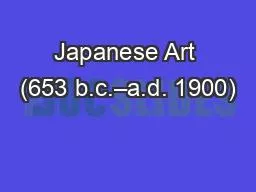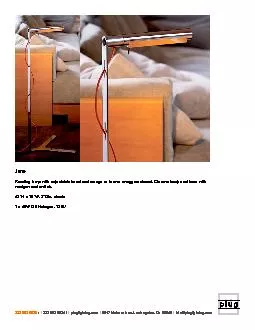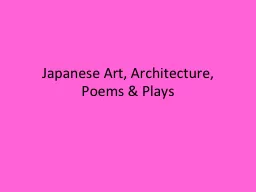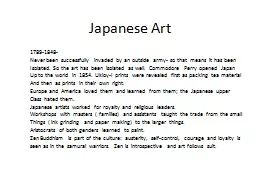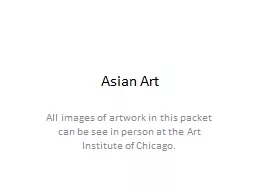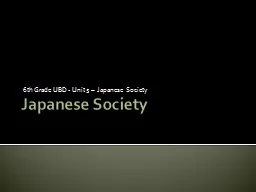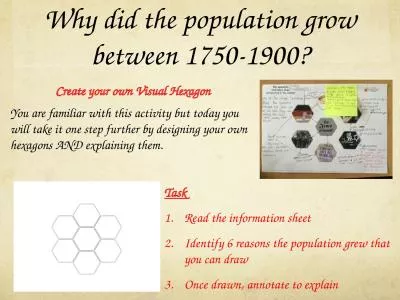PPT-Japanese Art (653 b.c.–a.d. 1900)
Author : bobradio | Published Date : 2020-08-07
Aissa Avila Under the Wave of Kanagawa The Great Wave Artist Katsushika Hokusai When 18301833 Edo period Materials Ukiyoe woodblock prints Ink wood and carving
Presentation Embed Code
Download Presentation
Download Presentation The PPT/PDF document "Japanese Art (653 b.c.–a.d. 1900)" is the property of its rightful owner. Permission is granted to download and print the materials on this website for personal, non-commercial use only, and to display it on your personal computer provided you do not modify the materials and that you retain all copyright notices contained in the materials. By downloading content from our website, you accept the terms of this agreement.
Japanese Art (653 b.c.–a.d. 1900): Transcript
Download Rules Of Document
"Japanese Art (653 b.c.–a.d. 1900)"The content belongs to its owner. You may download and print it for personal use, without modification, and keep all copyright notices. By downloading, you agree to these terms.
Related Documents

